Why Most Photos Look Dull And How Proper Lighting Transforms Them
Quick FAQs
What is the best lighting for photographs on a wall?
High CRI art lighting with controlled beams such as Zoom, Multi or Deluxe.
How do I stop glare and reflections on framed photos?
You need accurate beam control and the correct lighting angle.
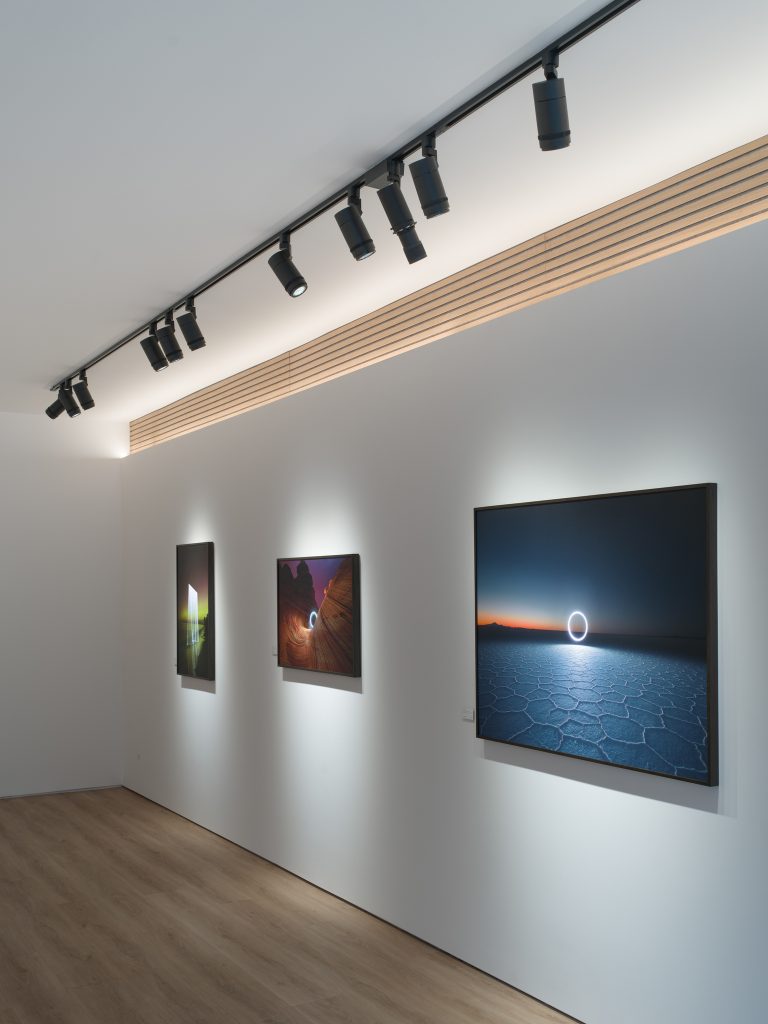
Photographs are powerful. A great photograph can freeze a moment in time, hold a story in a single frame or pull emotion straight from the wall. When you print these images in large format and frame them beautifully, they become more than a picture. They become art. They become a statement piece. They become part of your identity and your space.
Yet this is exactly where most homeowners, collectors and galleries make their biggest mistake. They invest in the camera, the editing, the print, the framing and the wall placement. But the photograph is still lit with a random ceiling light, a cheap picture light or nothing special at all. The result is predictable. The image looks flat. The colours lose life. Blacks become washed out. Glare takes over the surface. Reflections from windows and downlights ruin the experience.
This is the tragedy of poor photography lighting.
A photograph that deserved to glow ends up fighting against the room.
Lighting is not an accessory. It is part of the artwork.
Photographs Are One Of The Hardest Art Forms To Light
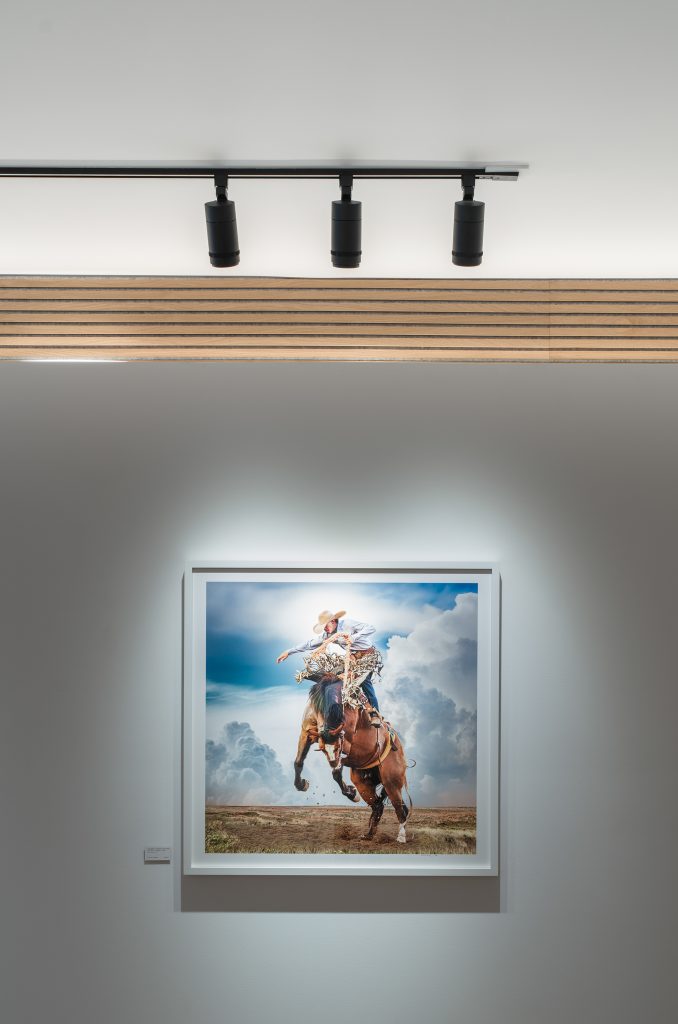
People assume that lighting a painting and lighting a photograph is the same thing. It isn’t. Photographs are far more reflective and far more sensitive to the angle of light, the quality of light and the distance between the light source and the glass.
The wrong lighting for framed photographs creates:
• Harsh reflections
• Distracting glare
• Washed out colours
• Blown out highlights
• Muddy shadows
• Prints that look cheap even when they are premium
The heartbreaking part is that none of this is a flaw in the image itself. The print is perfect. The lighting is what fails it.
When a photograph is lit correctly, you feel the depth of the blacks, the softness of the highlights, the contrast, the clarity and the intention behind the shot. The artwork feels alive.
Why CRI Matters Even More For Photographs
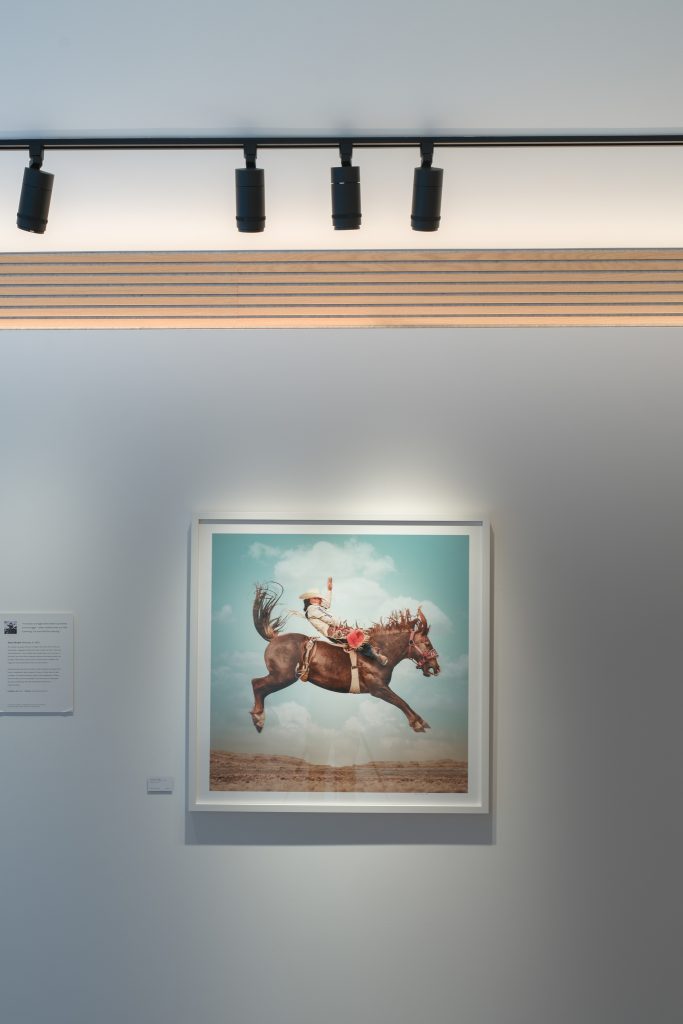
CRI is the measurement of how accurately a light reveals colour. With paintings a high CRI is essential. With photography a high CRI is non negotiable.
Photographs rely on micro contrasts, fine tonal gradations and shadow detail. If a light source cannot render these accurately, the image falls apart. Skin tones look off. Landscapes feel artificial. Blacks appear grey. Whites lack definition.
High CRI lighting for photographs restores the truth of the image.
Low CRI lighting destroys it.
Every Banno Lighting fixture is built around high CRI LED chips so your photographs look exactly the way the photographer intended.
How To Eliminate Glare And Reflections On Framed Photographs
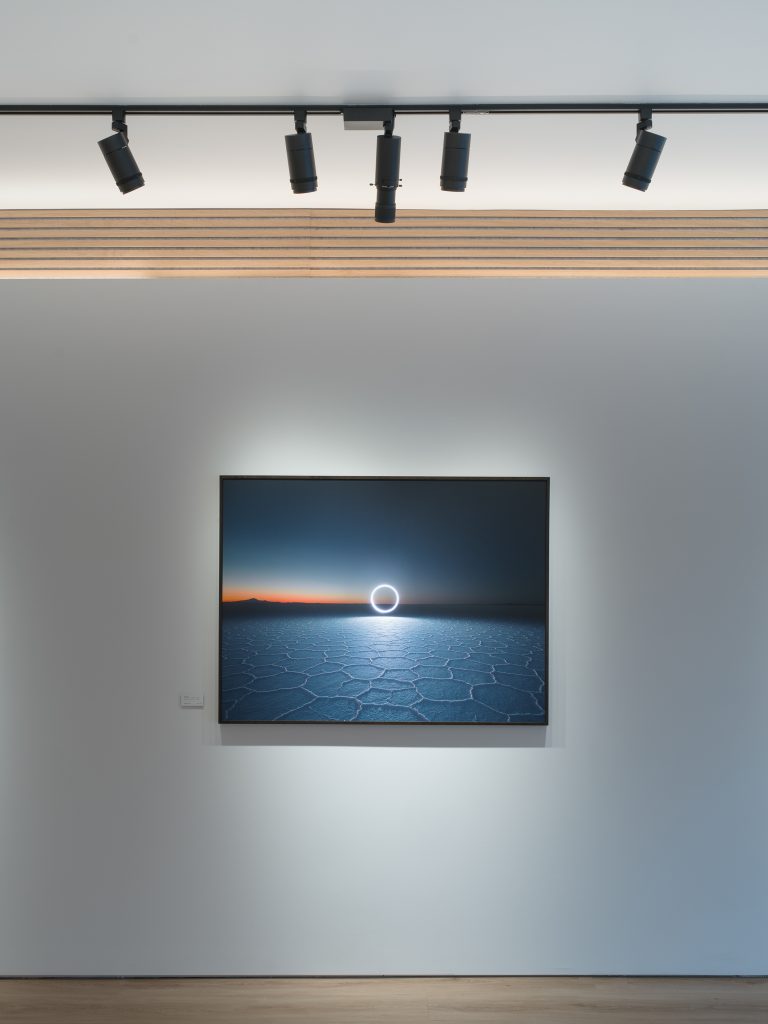
This is the biggest pain point for anyone displaying photography on walls.
Reflections come from five things:
-
The angle of the light
-
The type of glass or acrylic
-
The height of the artwork
-
The distance from the light to the photograph
-
The beam shape
Ordinary track lights are too wide. Old fashioned picture lights create hotspots across the top of the frame. Ceiling lights cast straight down which is the worst possible angle for glass.
The goal is simple.
You want to illuminate the artwork without seeing the lighting fixture reflected in the glass.
This requires controlled beams, focus and the ability to narrow or shape the light so it sits perfectly inside the frame without washing the wall.
Zoom, Multi And Deluxe. Three Systems That Change Everything

Many people believe all art lighting fixtures behave the same way. They don’t.
Banno Lighting has three specialist systems designed for different photographic outcomes.
The Zoom
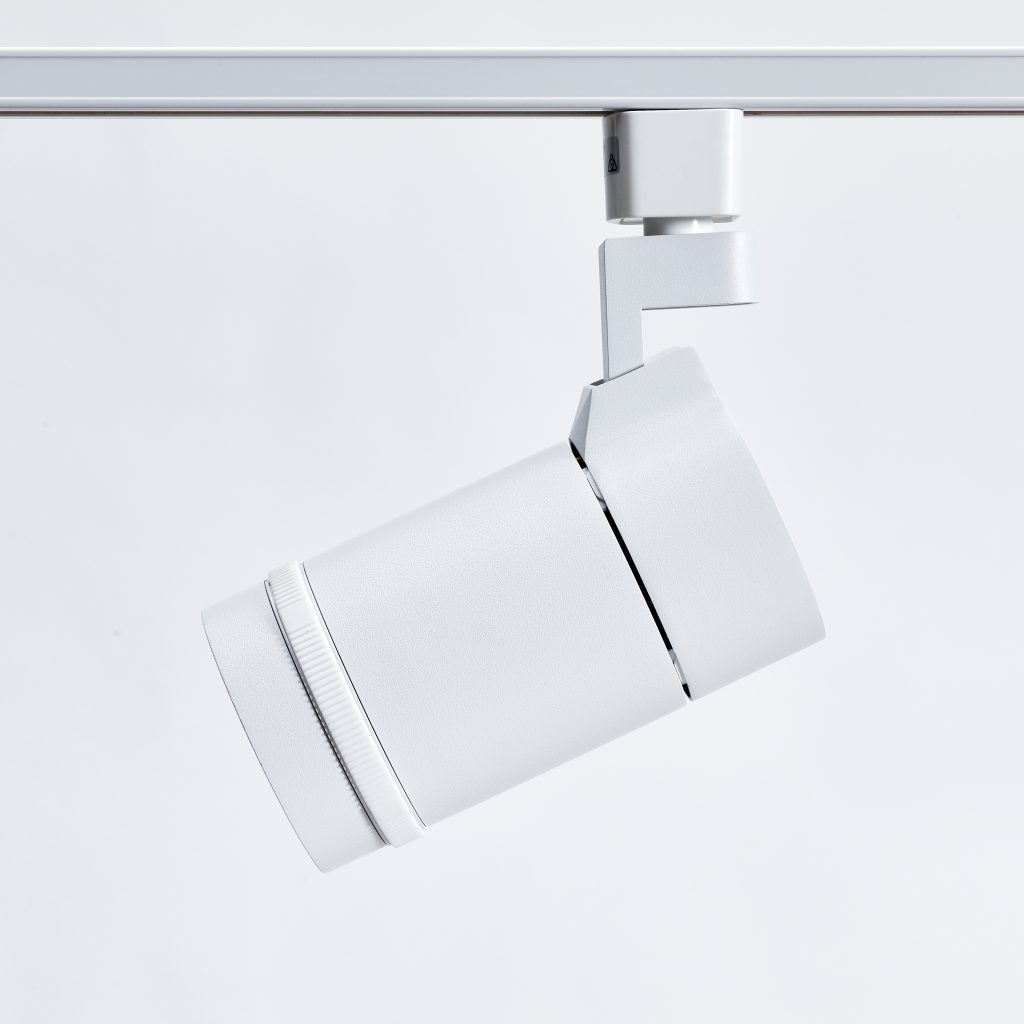
The Zoom offers precision. You can tighten or widen the beam so it hits the photograph perfectly without spilling onto the surrounding wall. It creates a crisp clean glow that makes the image feel more saturated and three dimensional.
For dramatic or contrast heavy photography, the Zoom creates a cinematic effect.
The Multi

The Multi is about flexibility. For walls with many photographs or changing exhibitions, you can dim each head individually. This means every photograph can have its own intensity based on brightness, frame type or artistic intention.
It is ideal for galleries and collectors with evolving layouts.
The Deluxe
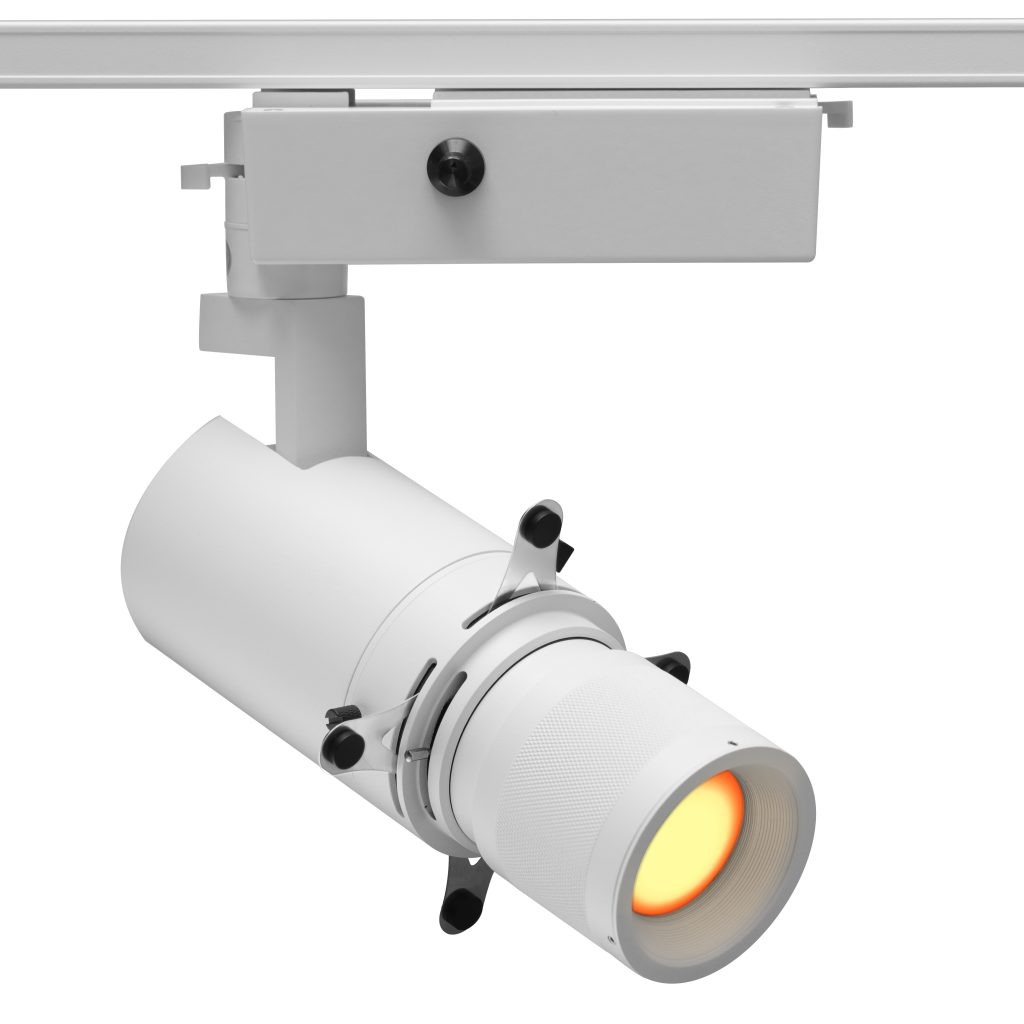
The Deluxe is the framing projector. It shapes the light so precisely around the artwork that the photograph appears to glow from within. There is no spill, no flare, no excess light. Only pure illumination inside the frame.
For large scale photography, the Deluxe is unmatched.
It creates an unforgettable effect.
Installation Distances That Make Photographs Look Their Best
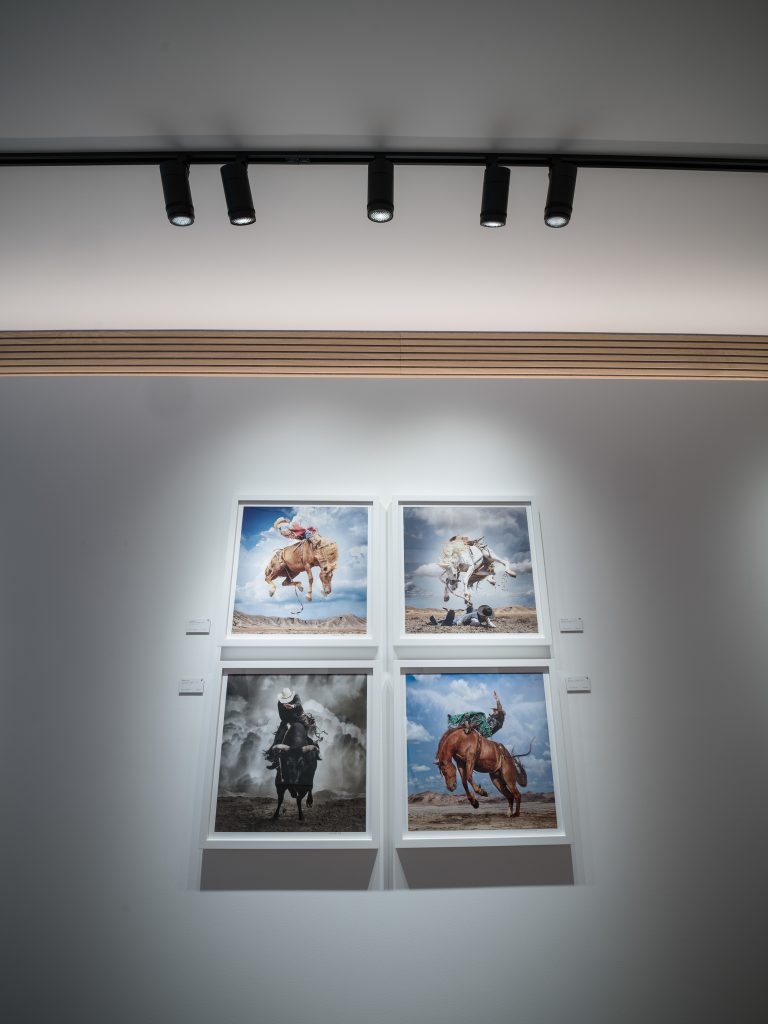
Distance is everything when lighting photographs on a wall.
A rough guideline that we refine for every client is:
• The light usually sits around one to one point four metres in front of the artwork
• The beam lands at roughly thirty to thirty five degrees
• The edge of the beam feathers gently off the bottom of the frame
Too close and you create hotspots. Too far and you lose intensity. Too high and you invite glare. Too low and the photograph feels uneven and heavy.
When these distances are correct the photograph stands out with depth, clarity and presence. It feels important.
The Power Of Dimming And Layered Light
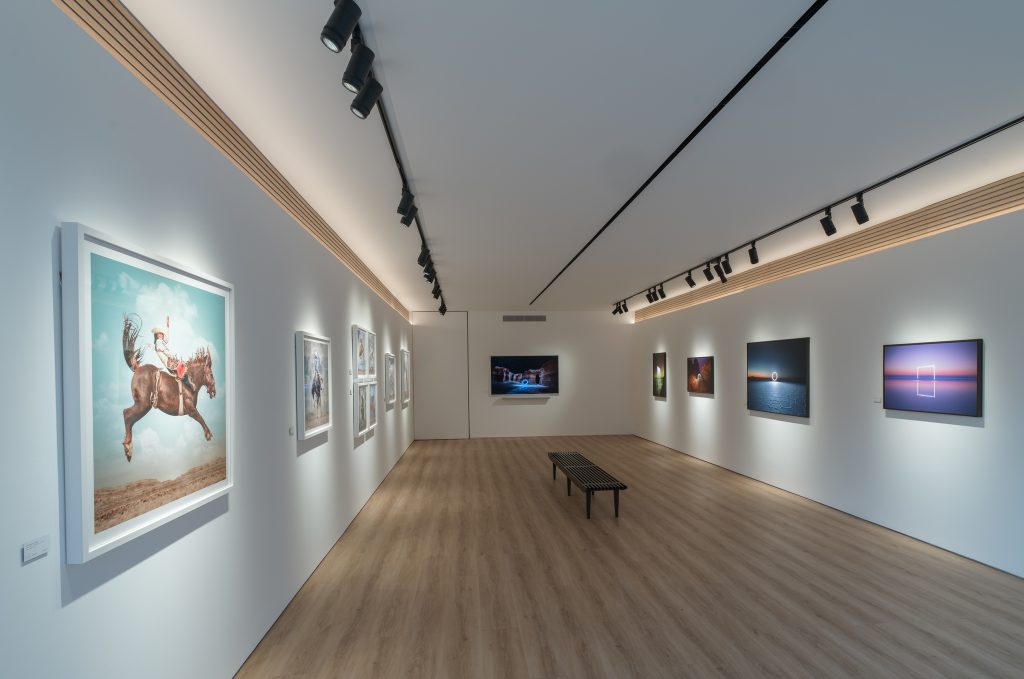
Photographs react strongly to over lighting. They look best with controlled contrast and a soft consistent glow. This is where dimming becomes essential.
With a Multi art lighting system, each photograph can be dimmed individually.
With a Zoom light, the beam can be tightened to avoid spill.
With a Deluxe framing projector, the artwork is shaped perfectly in a clean layer of light.
Layering creates depth and atmosphere. It turns your home into a gallery.
Black Or White Fittings. An Essential Aesthetic Choice
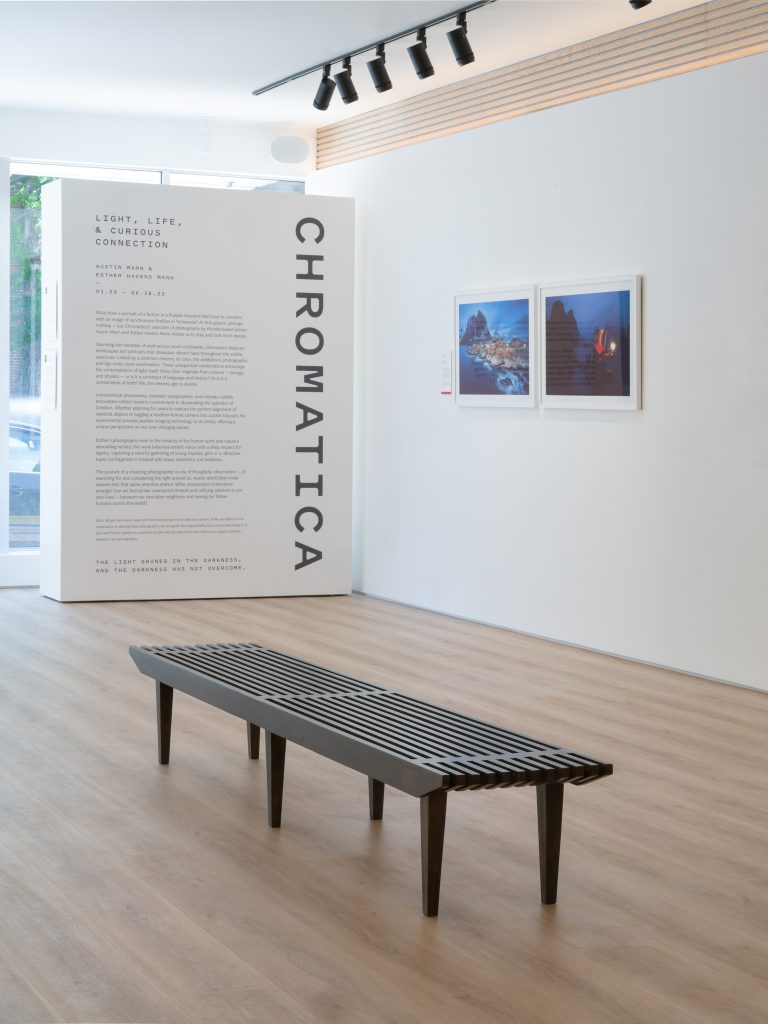
Collectors think deeply about the print, the frame and the wall placement, but the colour of the art light fittings matters as well.
Black fittings disappear in darker ceilings and create a contemporary, architectural feel.
White fittings blend into white ceilings for a seamless minimal look.
There is no right answer. Only the mood you want to create. The colour of your fittings is part of the interior design and part of the identity of the space.
Lighting Is An Investment In The Artwork Itself

Photography is one of the easiest art forms to ruin but one of the most stunning when lit properly. When you invest in the right photography lighting, you are not buying a product. You are investing in the experience of the image. You are investing in the emotion visitors feel when they stand in front of it. You are investing in the atmosphere of your home or gallery.
The right lighting increases perceived value.
It increases real sales.
It increases reputation.
It enhances the photograph itself.
There is a reason serious collectors and top galleries refuse to install artwork without proper lighting. They know it changes everything.
Full FAQs

What is the best lighting for photographs on a wall?
High CRI art lighting with narrow or adjustable beams.
How do I avoid glare on framed photographs?
Use controlled beams and the correct lighting angle and distance.
Why do my photos look dull at home?
Poor CRI lighting and general room lights flatten the image and reduce contrast.
What beam angle is best for photography?
Narrow or adjustable beams. Wide beams wash out images.
Should art lights for photography be dimmable?
Yes. Photography looks best with gentle controlled brightness.
Is a framing projector worth it for photography?
Yes. The Deluxe framing system creates a clean border of light with no spill.
How far should the light be from a photograph?
Around one to one point four metres depending on ceiling height.
Does lighting really increase the value of the artwork?
Yes. Presentation influences perception and perception influences value.
Unlock The Full Impact Of Your Photography With A Complimentary Consultation

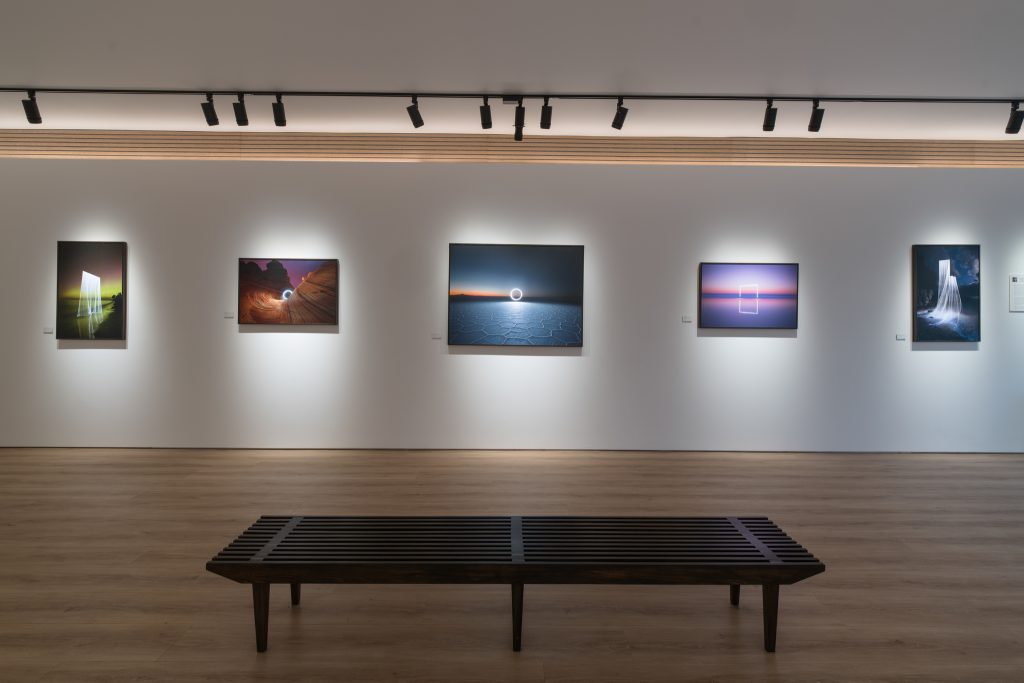








Leave a Reply